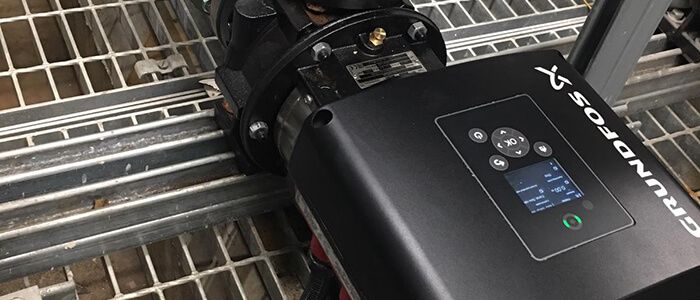Many pump systems are far less energy efficient than they appear to be, and optimising electrical systems is the key!
It is a huge challenge, but optimising pump electrical systems is the key! The increasingly competitive nature of the water industry is prompting water and wastewater service suppliers to adopt ever more progressive ways to reduce energy use. These suppliers tell us that in order to remain competitive they must reduce their energy use by a staggering 20 percent on average, and with absolutely no reduction in the volume or quality of services provided.
Article Chapters
Reduce energy use
Installing energy-saving technology, for example variable speed drives (VSDs) and high efficiency motors, is proven to reduce energy use – but many water facilities already have those in place and yet must still achieve a 20 percent energy reduction. So where can they find those savings?
In many cases, greater efficiency can be achieved by optimising the electrical system driving pumps. An electrical system typically comprises a transformer, VSD, electric motor, switchgear and cabling. The savings can be great – between five and 10 percent typically. It’s just a case of knowing where to look.
The fact is many pump systems are far less efficient than they may appear to be. Often when specifying such a system, designers simply multiply the catalogue efficiencies for each component to get overall system efficiency. For example, if each component is listed as 98% efficient, there may be an assumption that the entire system will also be 98% efficient. However, in reality the actual overall system efficiency could be far lower.
This is for two reasons. Firstly, catalogue efficiencies are based on manufacturers’ best efficiency figures based on laboratory rather than actual conditions. Secondly, simply connecting components together overlooks some fundamental lessons of physics which causes the components to react with each other in unexpected ways that may have a negative impact on overall pump system efficiency.
Optimising pump electrical systems
Armed with this information in advance, utilities planning new sites can avoid future energy use disappointment. But what about existing systems? The good news is that certain components can be fine-tuned, replaced or adjusted to improve the overall efficiency.
Additional energy savings can be achieved by ensuring the individual components of a pump’s electrical system are optimised. For example, selecting the most efficient motor for the duty could increase efficiency by up to five percent.
However, the greatest savings are achieved by reducing the speed of the pump. A 2 Hz reduction in speed is a 12 percent energy saving typically on a pump system.
One method is to change the control philosophy of the VSD driving the pump motor to pump slower for longer. This is particularly effective when used to switch operation of pumps to periods when tariff costs are lower. This simple change can reduce energy costs by thousands of pounds a year, putting utility providers well on the way to achieving their 20 percent energy reduction target.
Find out more about our services!
TEL: 01634 215192 EMAIL info@www.kdpumps.co.uk


Comments are closed.